
Paris-Roubaix is a race like no other, from a parcours perspective but also the way it captures the public imagination. Outside of the Tour de France, no other race cuts through quite like it, and while to ‘proper’ cycling fans the Tour of Flanders may be a bigger race, Roubaix is often the gateway drug that gets people into one-day race viewership.
Because of the unique, and horrible, course, Paris-Roubaix has become the epicentre of springtime tech nerdery. It sits in the centre of a Venn diagram at the intersection of tyre chat, aero considerations, event-specific bikes, and miscellaneous ‘hacks’.
Recently though, the bikes of Paris-Roubaix have become far more normal. Sure, there will undoubtedly be stories to be uncovered and trends to be teased out from the maelstrom, but the equipment is more and more converging on just… a normal bike.
With that in mind, I’ve decided to make a rod for my own back by listing my tech expectations so I can either be proved right, or I can be torn to shreds in the comments afterwards.
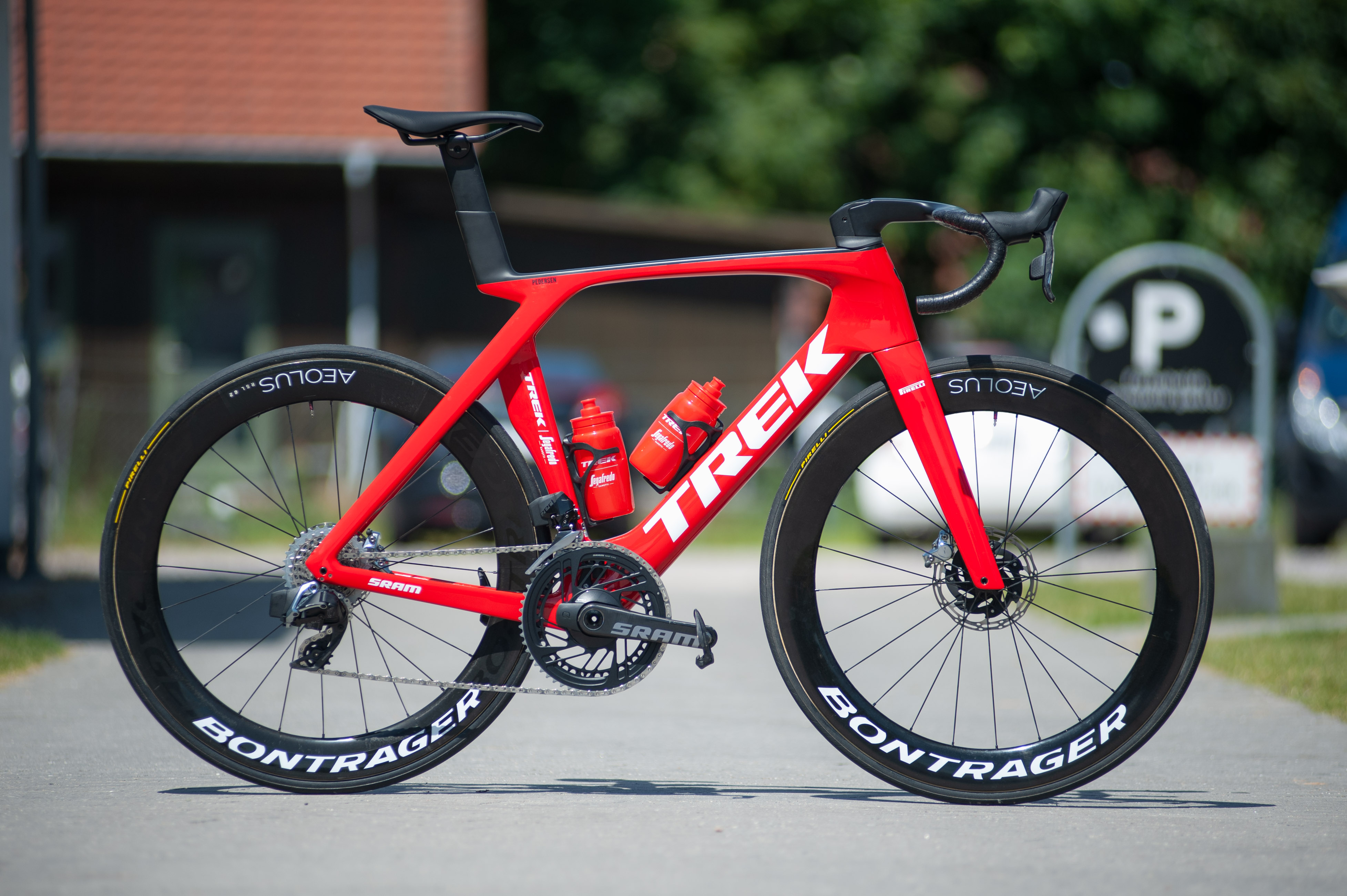
Disc brakes have killed the classics bike
Disc brakes were once hailed as the ultimate classics upgrade. Better braking in the wet and mud, and the ability to ride a warped rim without it rubbing against your brake pads every rotation were excellent plus points, but with the proliferation of disc brakes and the subsequent evolution of high-end race bikes around them, the classics bike as we know it has all but gone extinct.
In the days of rim brakes, riders were effectively confined to 28c tyres, such was the clearance of the brake calipers. Direct mount options upped this a bit, but not much, and not every team could use them. Specialized-sponsored teams would rock up with the Roubaix, replete with Zertz inserts, and latterly the Future Shock suspension unit below the stem. Trek, too, had the Domane, which sprouted Isospeed decouplers at the front and the back to add extra compliance.
Now though, tyre clearances have grown to the point where it’s simple enough for pros to use their standard race bikes, just fitted with wider rubber. The Tarmac SL8 can fit 32c tyres, likewise the Trek Madone. The Cervelo S5 can fit 34c rubber, which ironically would be illegal if racing cyclocross.
As in recent years, I suspect we will see next to nobody on 'Classics-specific' bikes outside of the Specialized-sponsored teams, and even that may change this year too.

More riders using the Specialized Tarmac than ever before
Though unofficial, it did seem in years gone by that Specialized sponsored teams were duty-bound to use the Specialized Roubaix at the bike's namesake race. The Roubaix has gotten faster and has more aero credentials than ever, but I think you’d be mad to suggest that it’s a faster bike. Some riders simply don’t like the suspended front end, regardless of the added comfort, with Niki Terpstra famously swapping out the elastomer for an untested rigid unit that ended up with him in a heap by the roadside after his handlebars detached, although things have moved on since 2017.
Last year we saw Nils Pollit using a Tarmac SL7, but he was still very much an outlier. It was the last year of the outgoing Roubaix, so maybe there’ll be a harder whipping operation from Specialized this year, but with such a flat parcours, the majority of which remember isn’t raced on cobbles, I suspect we will see more riders than ever opt for the Tarmac. The riders will get all the aero and weight benefits, not have to change position, and run 32c tyres to take the sting out of the cobbles now that they have access to the S-Works Mondo tyre launched last year.
This is a prediction primarily confined to the men's race - SD-Worx last year exclusively rode the Tarmac and I see no reason why that won't be the case this year. The issue with smaller bikes that the women’s peloton is more likely to be using is that the saddle-to-bar drop necessary to create a very aero position isn’t nearly as possible - the front wheel gets in the way. The Roubaix has a higher stack, coupled with effectively a squishy stack of spacers under the stem, which compounds this issue, hence the riders using the Tarmac already.

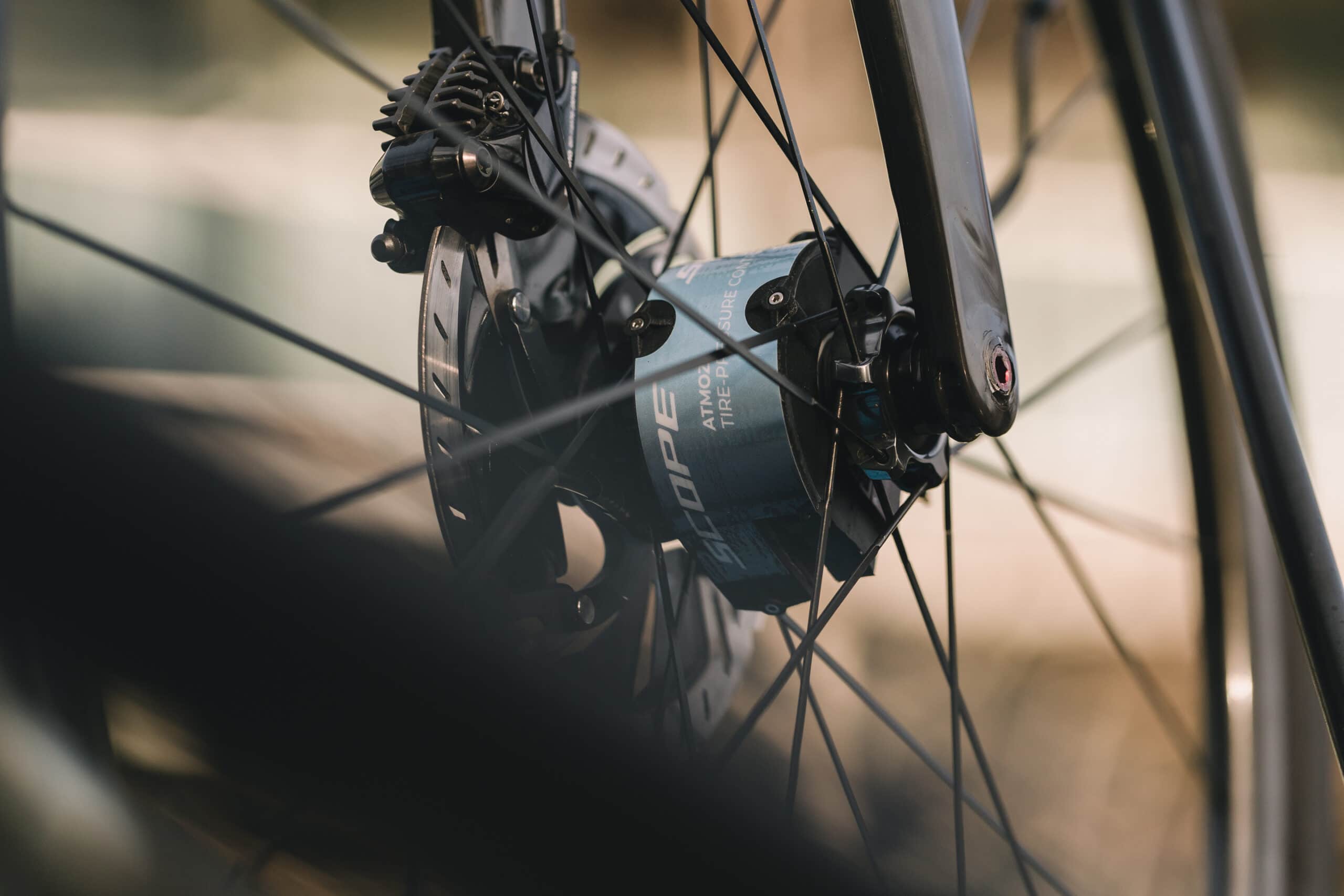
No mad meme parts this year
In the same way nobody likes to use a brand new bike at the Tour de France and instead tests them at races like the Criterium du Dauphine first, any cobble-specific tech tends to get rolled out at smaller races first. In previous years we’ve seen the Scope Atmoz variable tyre pressure system trialled, the Gravaa KAPS system raced, and the Classified powershift hub in use before the rollout in Compiègne, but this year I don't expect to see any meme parts - I do hope I’m proved wrong here I must say.
We’ve heard not a whisper of anything truly groundbreaking, beyond the usual click-harvesting April fools memes churned out by marketing departments throughout the cycling industry. Sorry.
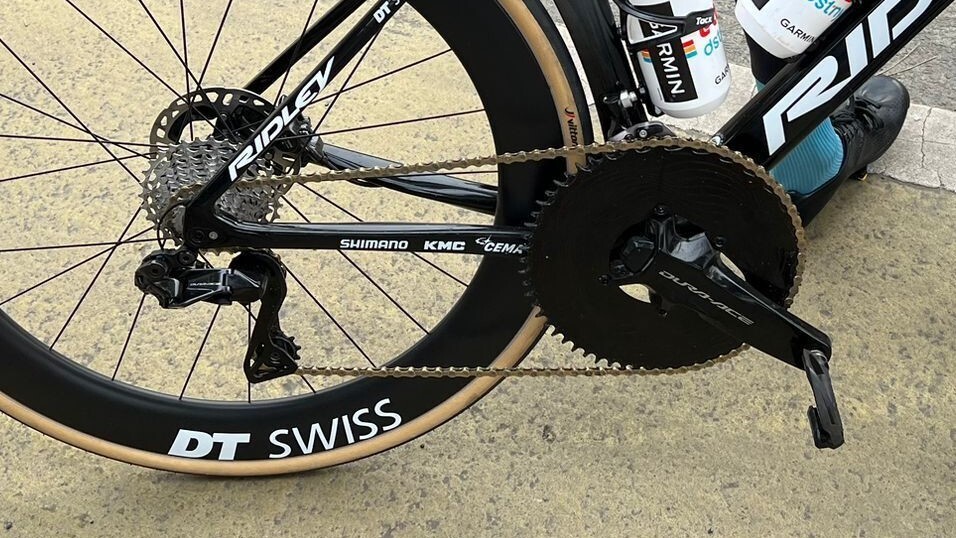
If ever there’s a race for 1x, this is it…
Paris-Roubaix is effectively pancake flat, meaning it’s rapid and riders don’t need as great a spread of gears. I suspect SRAM-sponsored teams will, on the whole, opt for a single chainring setup, with a chain guard for extra security.
As well as single chainrings being commonplace, I suspect the average size of these will creep upwards. Aero benefits and weight penalties aside, it allows for a more efficient drivetrain as the chain has to deflect less around the rings themselves (in the same way oversized pulley wheels also help).
While we see some Shimano-sponsored teams dabbling with 1x in a time trial I don’t expect to see any 1x setups on Shimano drivetrains.
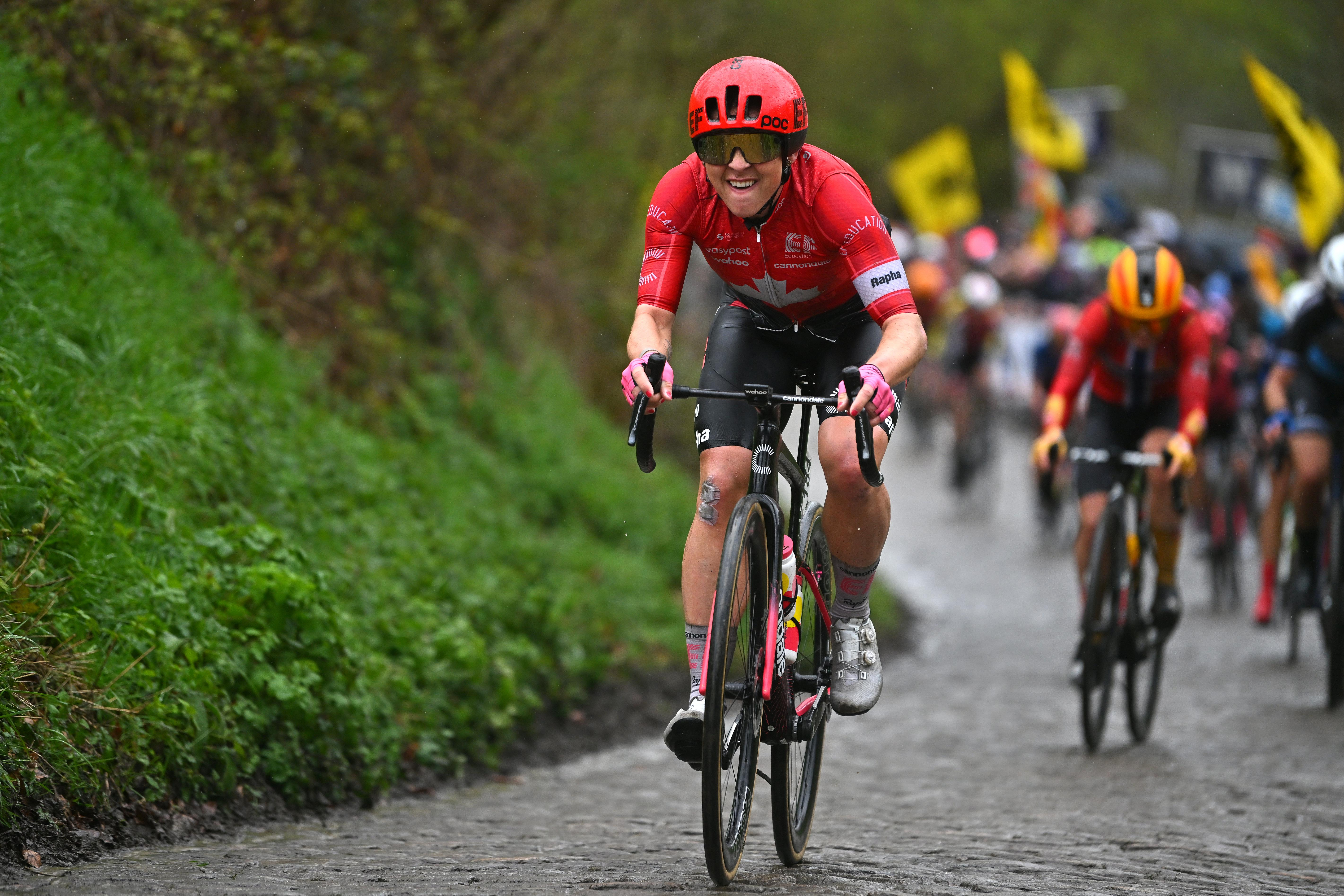
Aero aero aero and more aero
Again, it’s a flat race and it’s going to be raced fast. The average speed for last year's winner, Mathieu van der Poel, was 46.84km/h.
The contenders will all be on fast bikes and squeezed into skinsuits as per usual. The newest generation of aero helmets from POC and Kask with ears partially obscured will likely be on show, and I wouldn’t be surprised to see some visors too; Alberto Bettiol has been trialling it in some races recently and Nina Kessler used one at Flanders so keep eyes on them. The Uno-X team will also likely be using the old Sweet Protection time trial helmet that’s road-legal rather than anything vented.
I’ve also noticed more riders opting for cut-down versions of aero overshoes from the likes of Velotoze. I bet we’ll see more of this; the aim is to cover the shoe with a smooth cover to help with the troublesome dials, but above the ankle a dedicated aero sock works best, with textured fabrics designed to help the airflow. Mathieu van der Poel effectively uses a pre-made version of this from Spatz, the brand’s 'Windsock 2'.
We’ve not seen much from the UCI in terms of enforcement of the banned turned-in lever position, so riders who have had the propensity to turn their levers in (I’m looking at you, Tim Wellens) might spot an opportunity to return to their old tricks. We'll certainly be keeping our eyes out for this.
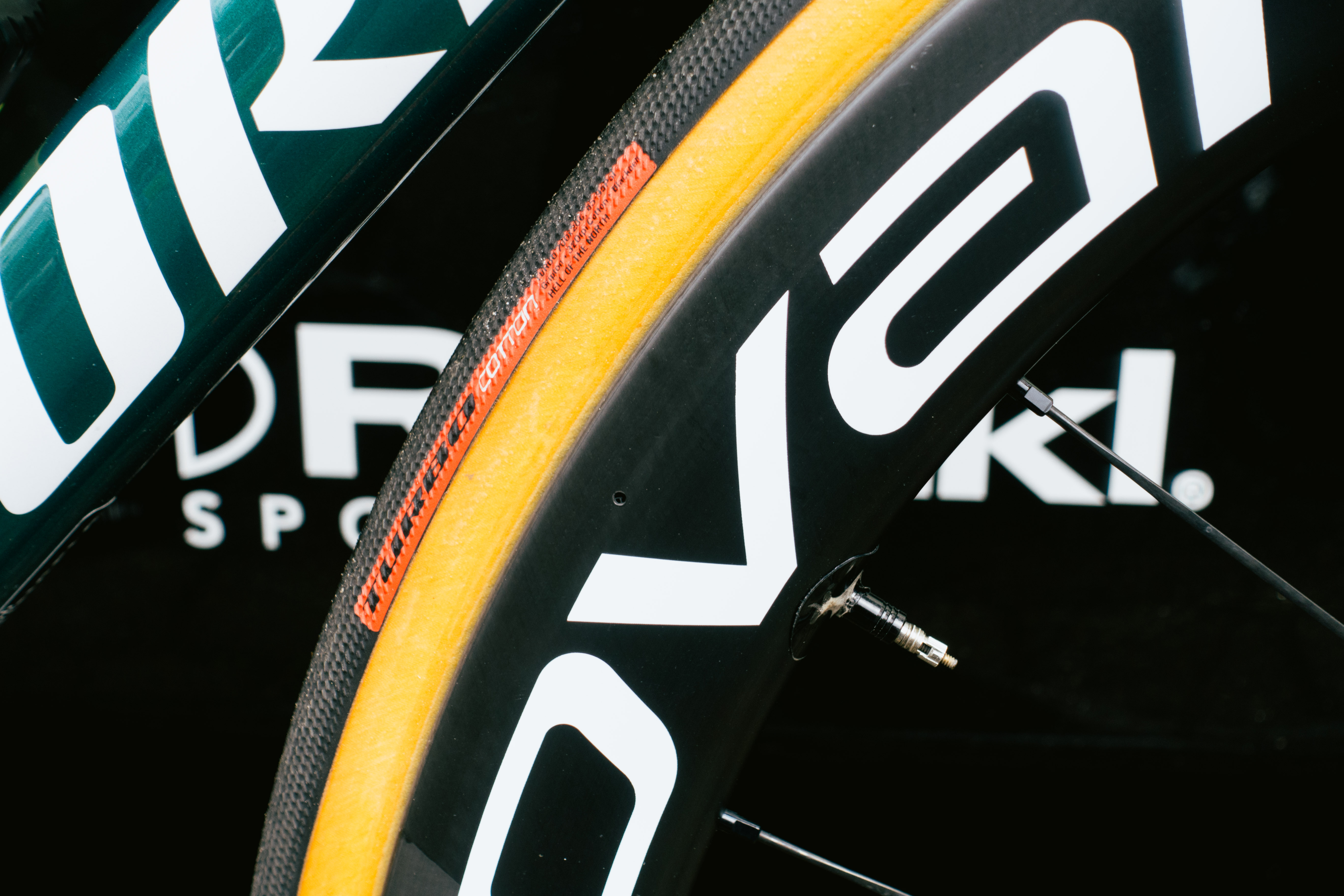
Normal tyres, just bigger
I used to get all misty-eyed about Roubaix because teams would swap from the usual Continental Pro Ltd tubulars to handmade, Roubaix-specific FMB tubs. Teams would often have a sponsorship exemption so they could run these over the cobbles. In the same way as cyclocross tyres, the cotton (or silk if you’re pro) casing deforms more easily over rough ground, leading to better grip.
The problem is, these FMB tyres are only available in a 27c max width. For Vittoria sponsored teams especially they can use a large volume, 320tpi cased tyre at a lower pressure and get better performance.
The Vittoria-sponsored teams, much like at Opening Weekend, will likely run 30c or 32c Corsa Pros. Very few teams opted for the Pro Control, which offers slightly better puncture resistance - EF were the only team to do so in great numbers and they seemed to switch this back to the normal Pro for Flanders.
Continental teams will be on large GP5000 S TR, but the interesting teams will likely be Cofidis - still on tubs - and Soudal-Quick Step/Bora-Hansgrohe, who have still been using inner tubes. At Kuurne-Brussels-Kuurne I spotted Bob Jungels using the cobble-oriented Turbo Cotton Hell of The North tyres. These are non-tubeless, so it’ll be latex tube time, and only available in a 28c width, and no space for any tyre inserts. Though these have been a feature of the race for a good few years, last year we spotted riders using a new S-Works Mondo tyre, which comes in 28c, 32c, and 35c. I suspect nobody will opt for the 35c, but the 32c will almost certainly be in use, set up tubeless.
Cofidis will be an interesting one because the team still uses tubular tyres. Its deeply French Corima wheels at Omloop were shod with extremely French, no-longer-produced Michelin Power Competition tubs. Given the team's commitment to French branding (Look, Corima, Michelin) I had a forlorn hope that they would be the last outpost for the silk tub, but looking back to last year the team seemed to switch from tubs to clinchers, and were running Michelin Power Cup tyres, which can be run tubeless, though max out at a 28c width.

Hookless won’t be a big issue
This is something I do hope I’m right about as, much as it makes headlines, seeing riders scattered across the Troueé d’Arenberg like skittles with snapped rims is never a good thing. The Zipp-sponsored teams (the wheel brand at the centre of the hookless rim debate) will all, from what I’ve seen so far, be running wide enough tyres to fall within the accepted safety standard. This doesn’t say hookless itself is safe enough for use, or that it isn’t, just that the setups will at least be compliant with manufacturer recommendations for size and pressure.
The fact is that we’ve seen cracked rims for years, long before hookless. Tubeless was also frowned upon for several seasons after some high-profile tyre losses on the cobbles, but liners or not, if you slam a rim into a right-angled stone at over 60km/h, there’s a good chance of a catastrophic failure. If it happens to a tubeless rim then questions will be asked, but if and when that does happen, it's worth recalling that in 2022 both Wout van Aert and Christophe Laporte suffered catastrophic rim failures while using tubular Shimano Dura-Ace wheels.

Everyone will be running liners
Chatting with the Lotto-Dstny mechanics at Opening Weekend, they told me that adding a tyre liner to their tubeless setups results in a penalty of about a watt. Given the massively increased risk of smashing a rim up at Roubaix, you’d be mad not to take that penalty.
Some teams will be cagey and not say, and while we may not be able to speak to all the teams, it is my suspicion that every team that is running tubeless will also be running tyre inserts at the weekend.







